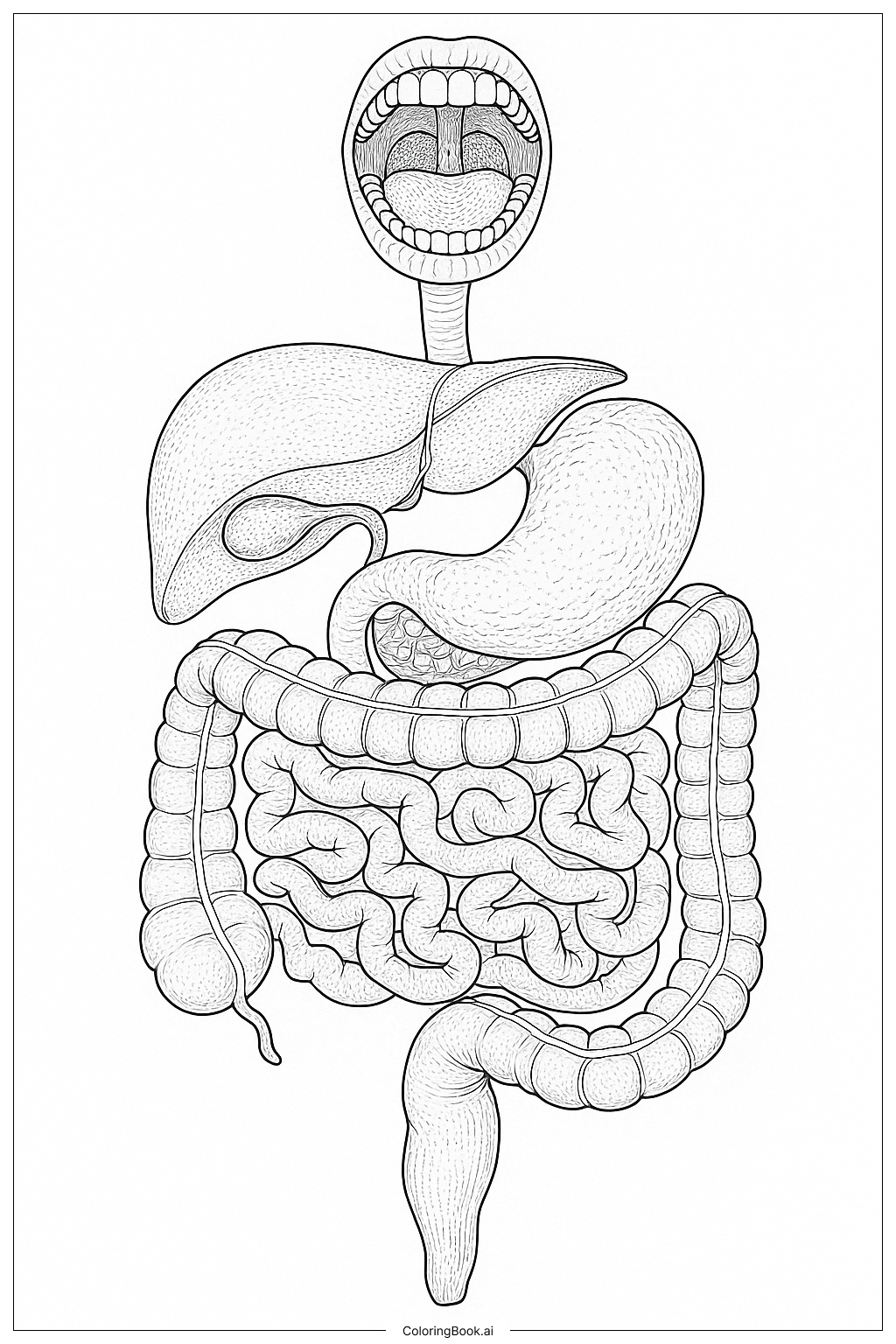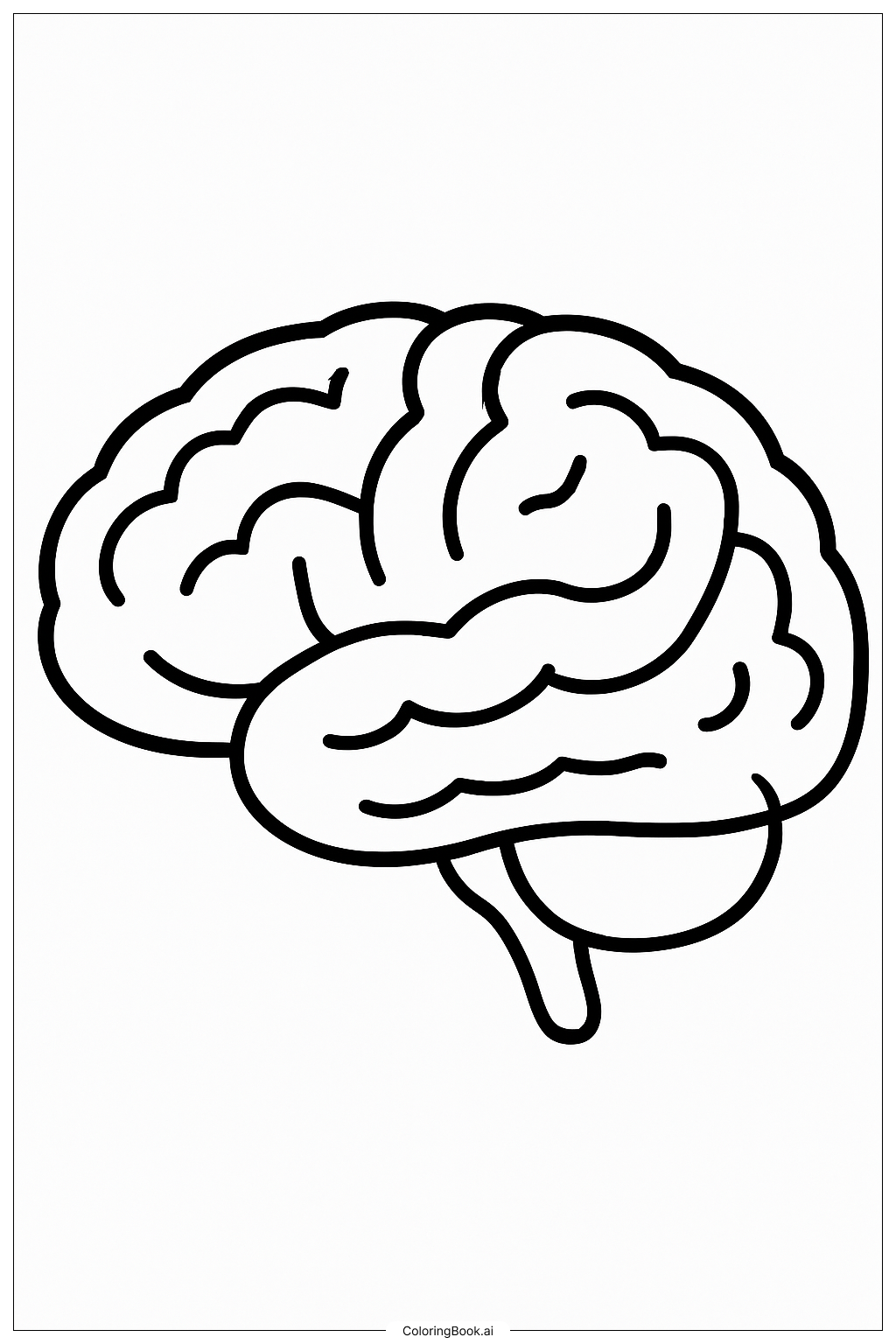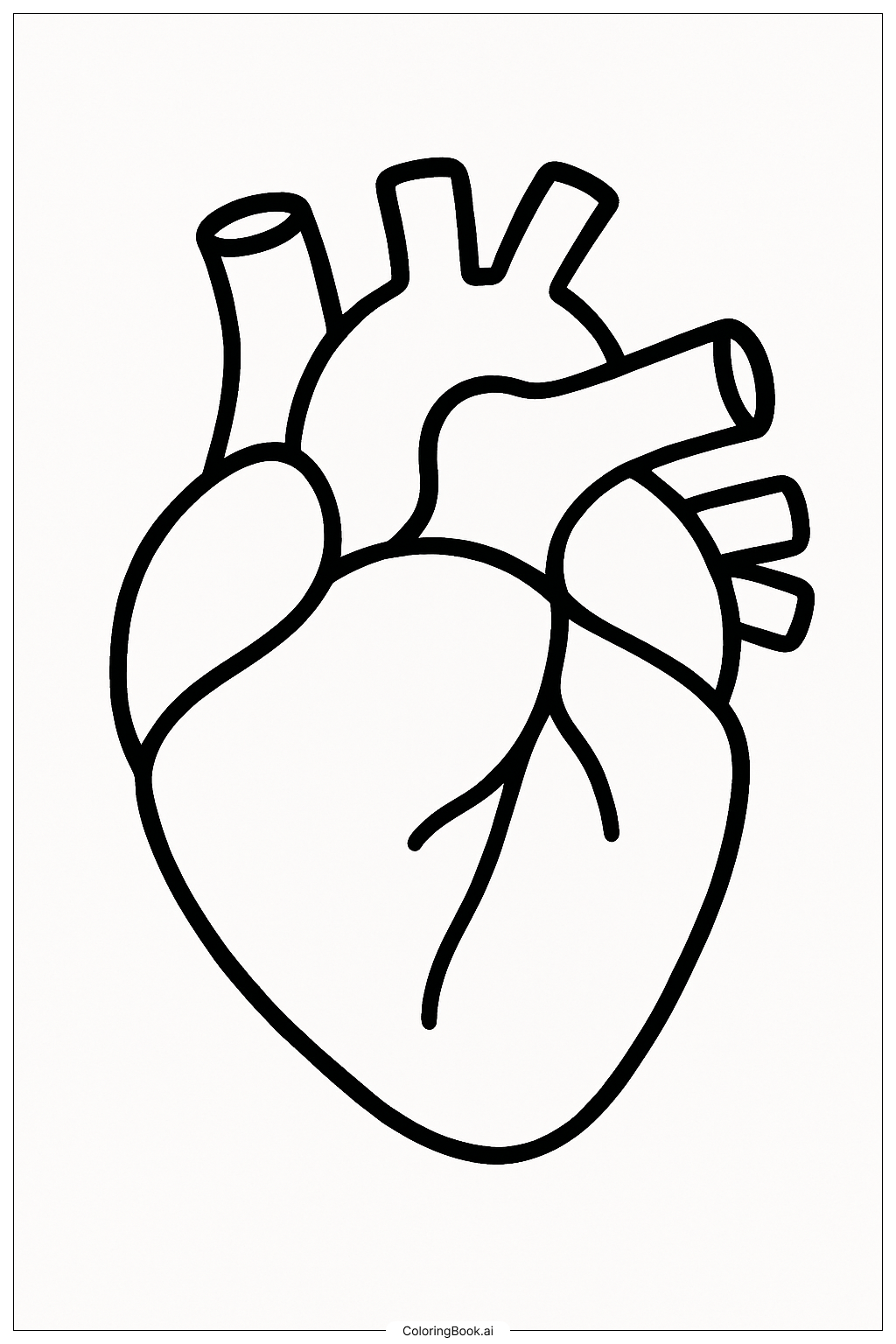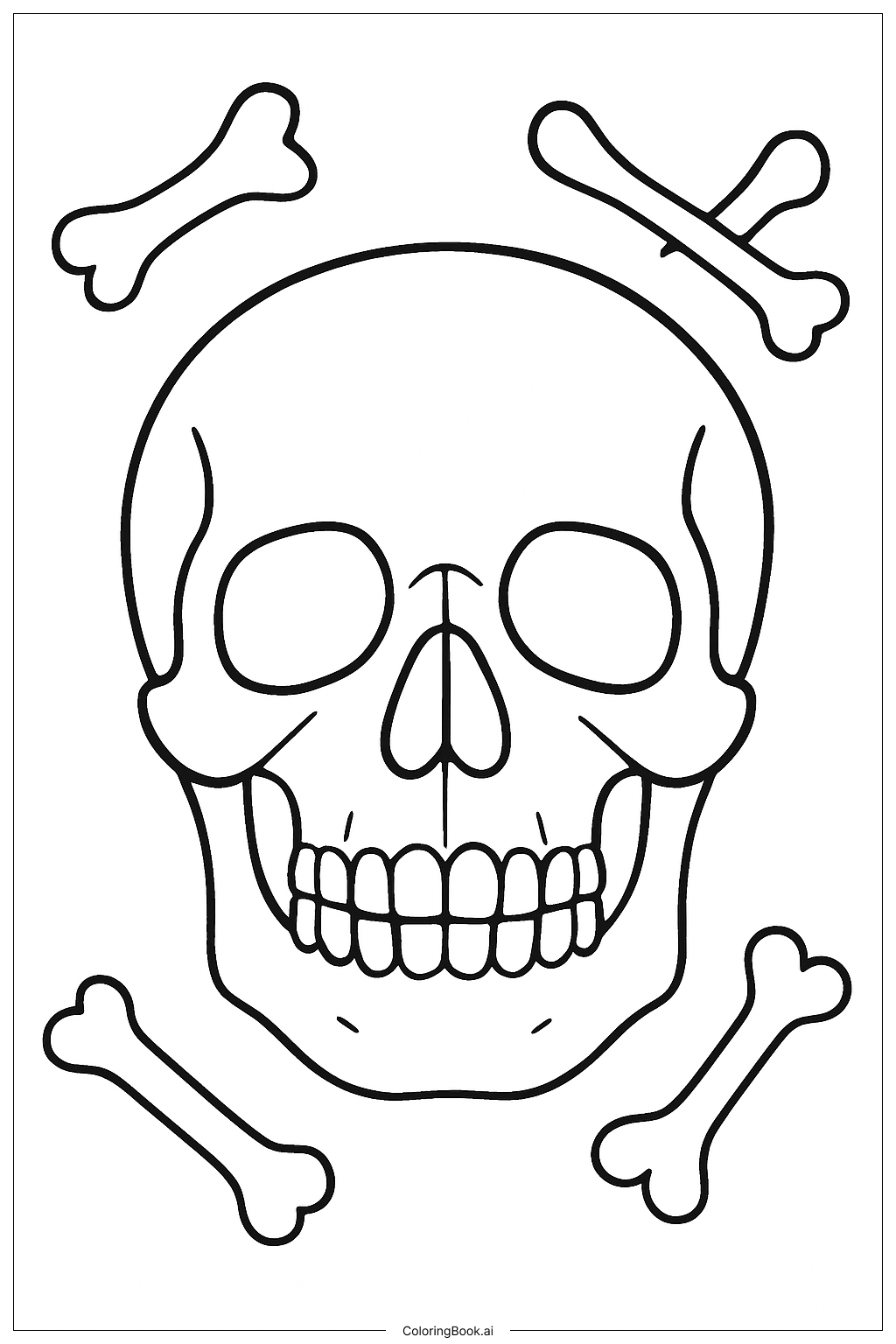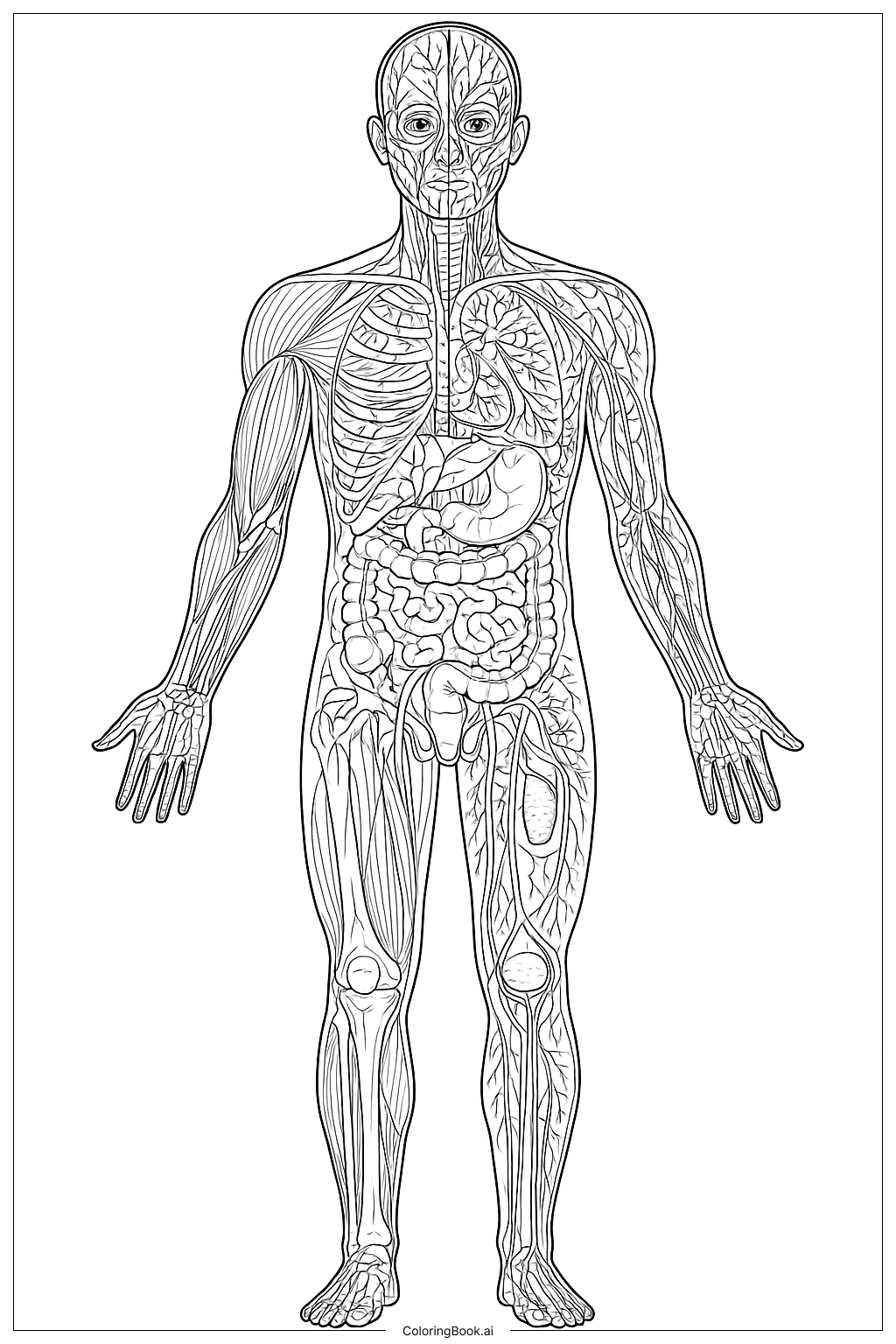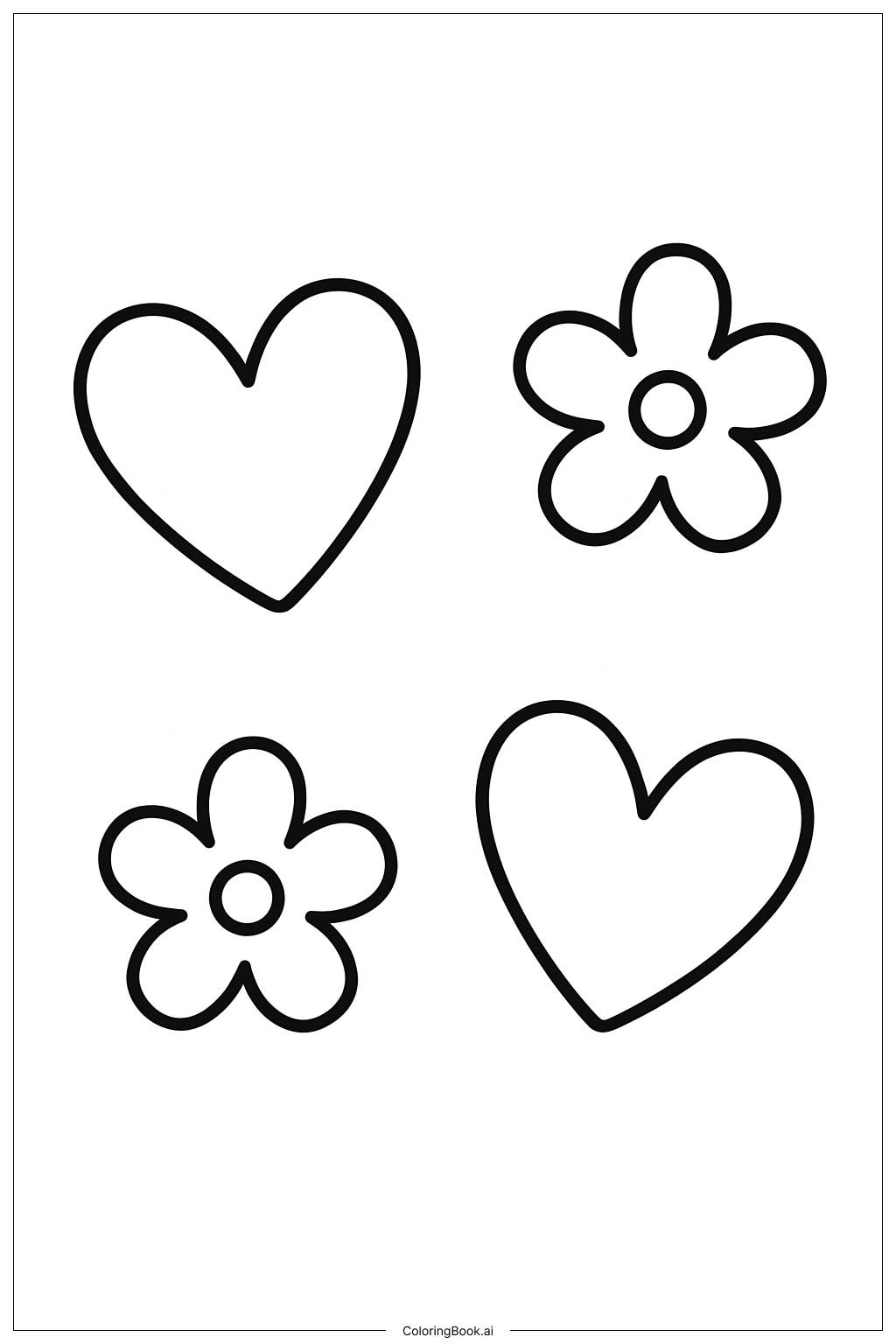Coloring tips: How to color Detailed Digestive System Anatomy Map coloring page well?
When coloring this picture, use different colors for each organ to make them stand out. For example, color the liver brown, the stomach pink, the intestines light orange or yellow, and the mouth red and pink. Use lighter shades for the inner parts and darker shades for the outer parts to show depth. You can also add some shading to show texture, especially on the liver and intestines. Using colored pencils or crayons will help you stay inside the lines and show details clearly.
Coloring challenges: Which parts are difficult to color and need attention for Detailed Digestive System Anatomy Map coloring page?
1. Small details: Some parts like teeth and tongue have tiny areas that need careful coloring.
2. Curvy shapes: The intestines have many twists and turns, which makes coloring evenly a bit tricky.
3. Texture lines: The drawing has many small texture lines on organs like the liver and stomach. Coloring over them without losing the texture can be hard.
4. Organ borders: The lines between connected organs are close, so it takes steady hands to color each organ separately.
5. Shading: Adding light and dark shades in the right spots to show depth might be difficult for beginners.
Benefits of coloring books: Advantages of drawing Detailed Digestive System Anatomy Map coloring page
Coloring this digestive system helps you learn about human body parts while having fun. It improves your attention to details and hand control. Coloring different organs in unique colors helps you remember them better. It also teaches patience and focus as you work on small and tricky areas. Overall, this activity makes studying science more exciting and creative.
